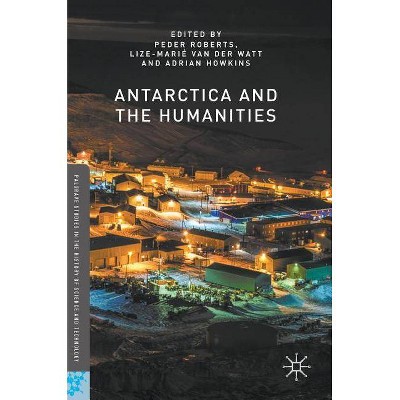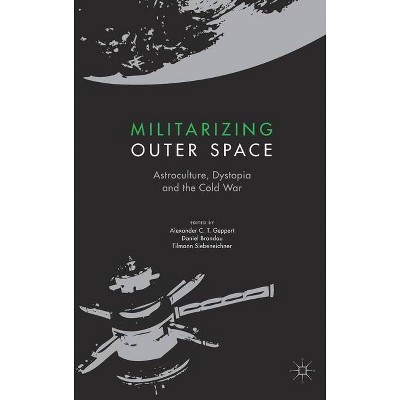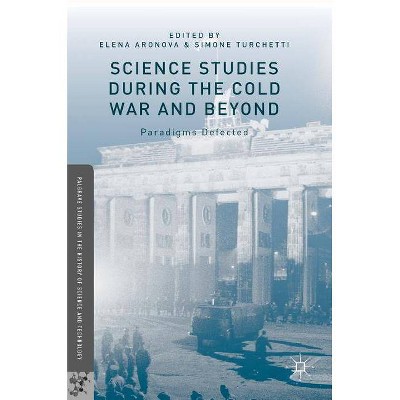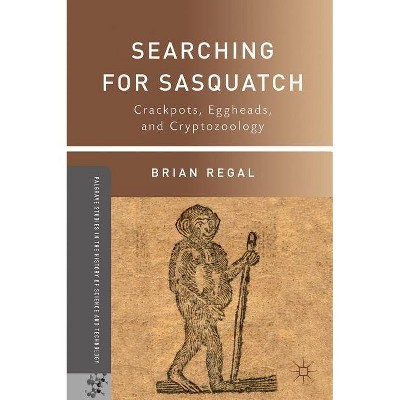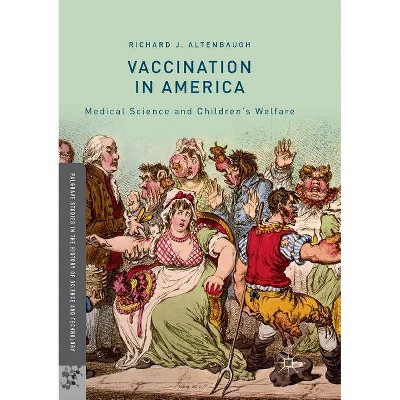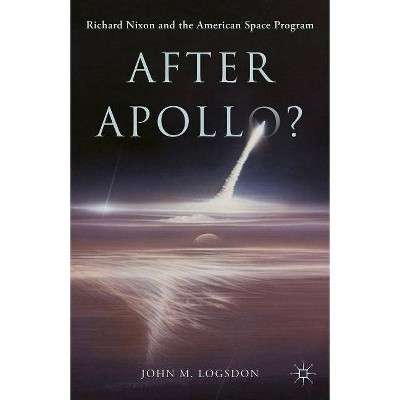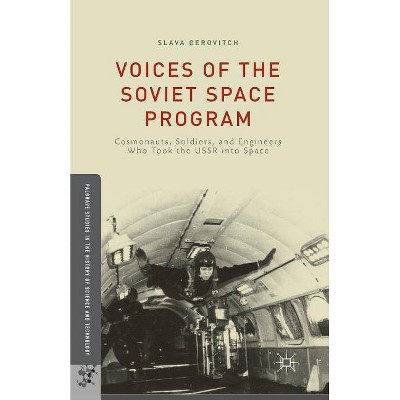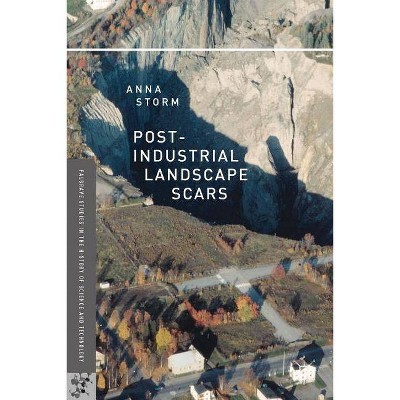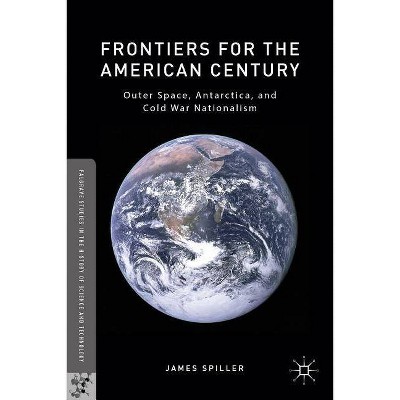Visualizing Nuclear Power in Japan - (Palgrave Studies in the History of Science and Technology) by Morris Low (Paperback)
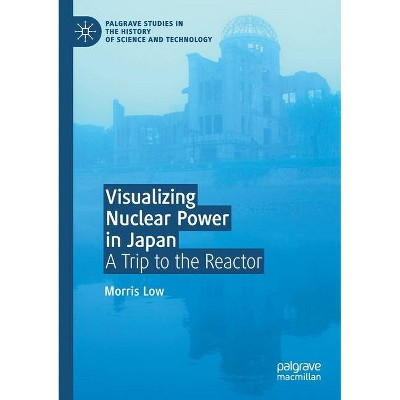
Similar Products
Products of same category from the store
AllProduct info
<p/><br></br><p><b> Book Synopsis </b></p></br></br><p>This book explores how Japanese views of nuclear power were influenced not only by Hiroshima and Nagasaki but by government, business and media efforts to actively promote how it was a safe and integral part of Japan's future. The idea of "atoms for peace" and the importance of US-Japan relations were emphasized in exhibitions and in films. Despite the emergence of an anti-nuclear movement, the dream of civilian nuclear power and the "good atom" nevertheless prevailed and became more accepted. By the late 1950s, a school trip to see a reactor was becoming a reality for young Japanese, and major events such as the 1964 Tokyo Olympics and 1970 Osaka Expo seemed to reinforce the narrative that the Japanese people were destined for a future led by science and technology that was powered by the atom, a dream that was left in disarray after the Fukushima nuclear disaster in 2011.</p><p></p><p/><br></br><p><b> Review Quotes </b></p></br></br><br><p>"The strength of the book is definitively its rich historical materials and its evocative writing. For a work of history, the book reads almost like an ethnography. ... the book is too specialized to be of interest to undergraduate students, but it will definitely become a staple for scholars studying the aftermath of the 2011 Fukushima nuclear disaster. In that regard, the book contributes to the growing literature on nuclear propaganda, a subject that remains important and controversial." (Maxime Polleri, Metascience, Vol. 30 (1), 2021)</p><br><p/><br></br><p><b> About the Author </b></p></br></br>Dr. Morris Low is Associate Professor of Japanese History at the University of Queensland, Brisbane, Australia.
Price History
Price Archive shows prices from various stores, lets you see history and find the cheapest. There is no actual sale on the website. For all support, inquiry and suggestion messages communication@pricearchive.us
